Bolivia year 1989 Block Manned Moon Landing MNH stamps
The first manned moon landing occurred on July 20, 1969, during NASA’s Apollo 11 mission. It was a historic moment not only in space exploration but also in human history, as it marked the culmination of years of effort, innovation, and determination to reach another celestial body.
Here’s an overview of the key events leading up to and during the manned moon landing:
- Launch: Apollo 11 launched from Kennedy Space Center in Florida on July 16, 1969, atop a Saturn V rocket. The crew consisted of Commander Neil Armstrong, Lunar Module Pilot Edwin “Buzz” Aldrin, and Command Module Pilot Michael Collins.
- Translunar Injection: After orbiting Earth, Apollo 11 performed a translunar injection burn to leave Earth’s orbit and begin its journey to the Moon.
- Lunar Orbit Insertion: Once in lunar orbit, the spacecraft underwent a series of maneuvers to prepare for the lunar landing. The Lunar Module, named Eagle, separated from the Command Module, piloted by Michael Collins, and descended toward the lunar surface.
- Descent and Landing: On July 20, 1969, Neil Armstrong and Buzz Aldrin guided the Lunar Module Eagle to the surface of the Moon while Michael Collins remained in orbit aboard the Command Module. The landing site was the Sea of Tranquility, a relatively smooth area on the lunar surface. Neil Armstrong famously radioed back to Earth, “The Eagle has landed.”
- First Steps: Several hours after landing, Neil Armstrong became the first human to set foot on the lunar surface, uttering the iconic words, “That’s one small step for [a] man, one giant leap for mankind.” Buzz Aldrin soon followed him onto the surface.
- Scientific Activities: During their approximately two and a half hours on the lunar surface, Armstrong and Aldrin collected samples, conducted experiments, and took photographs, while also deploying scientific instruments.
- Return to Earth: After spending about 21 hours on the lunar surface, Armstrong and Aldrin rejoined Collins in the Command Module. Apollo 11 then began its journey back to Earth, splashing down in the Pacific Ocean on July 24, 1969.
The success of Apollo 11 demonstrated the incredible capabilities of human spaceflight and solidified the United States’ position as the leader in space exploration at the time. It also inspired future generations to pursue careers in science, technology, engineering, and mathematics (STEM) and continues to serve as a symbol of human achievement and exploration.

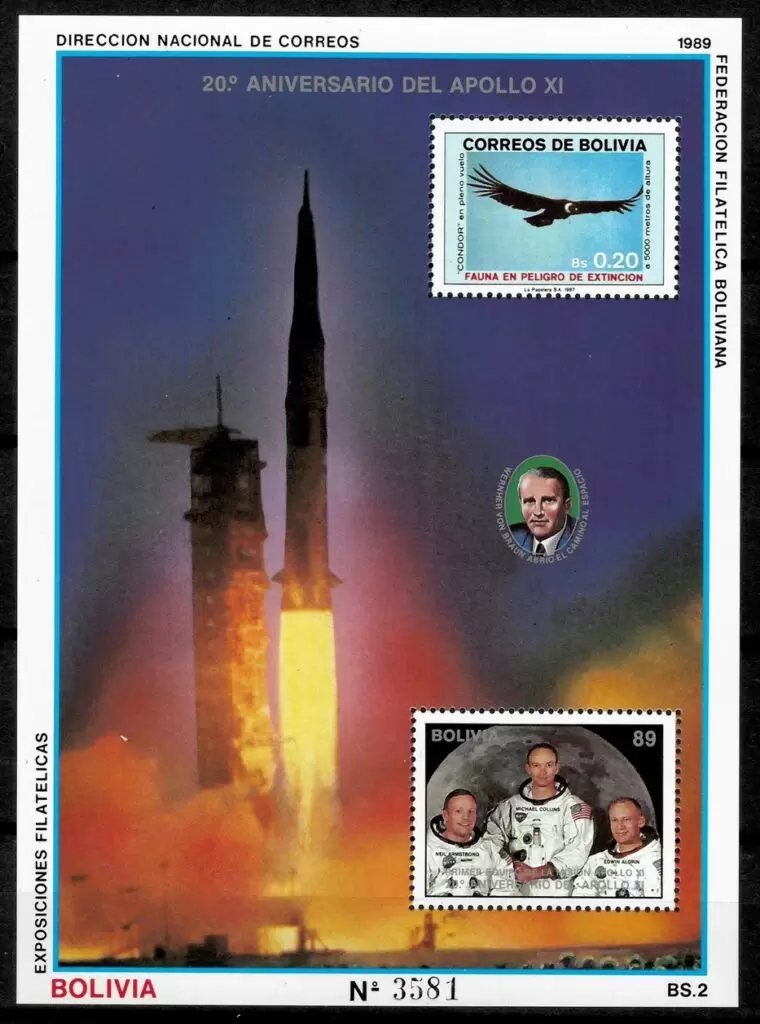

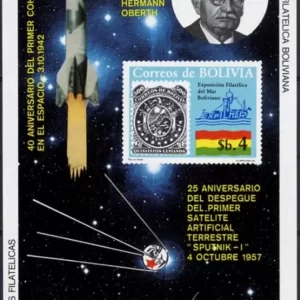


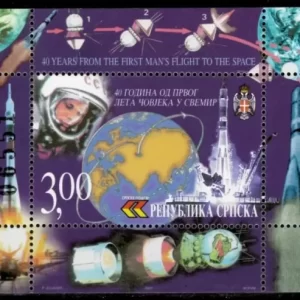
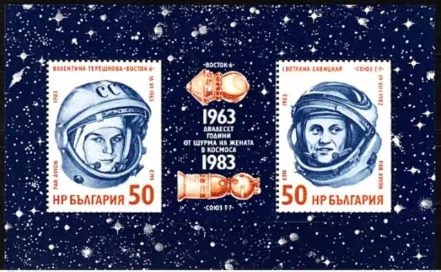
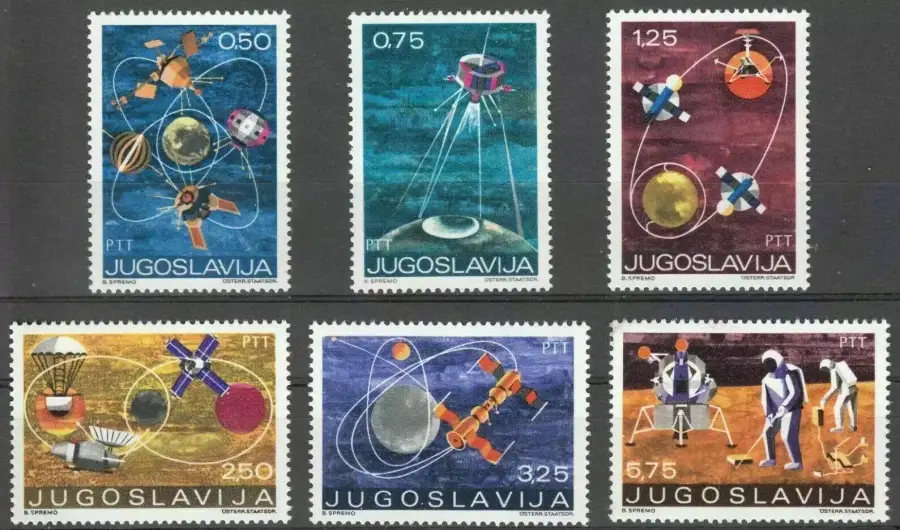
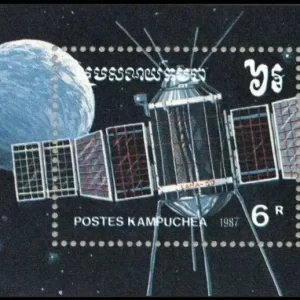
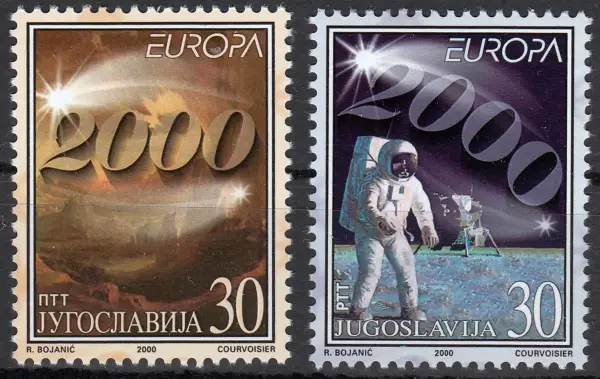
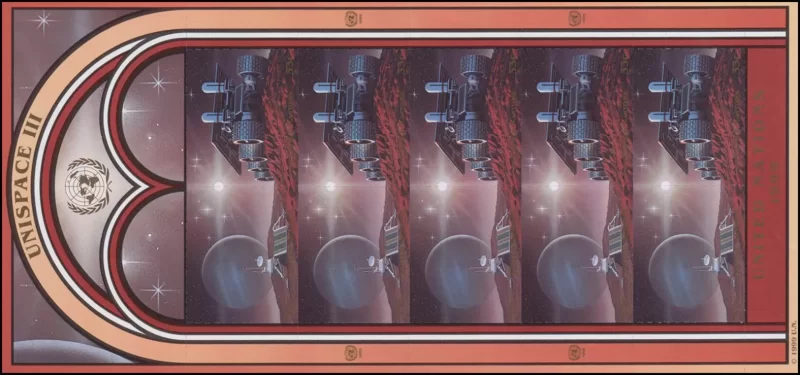
Reviews
There are no reviews yet.